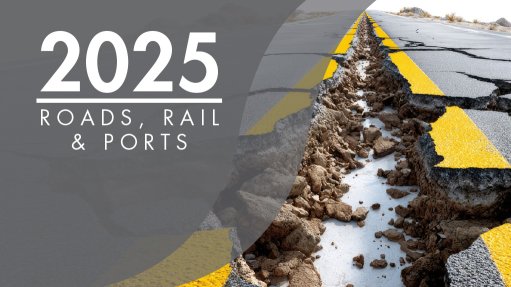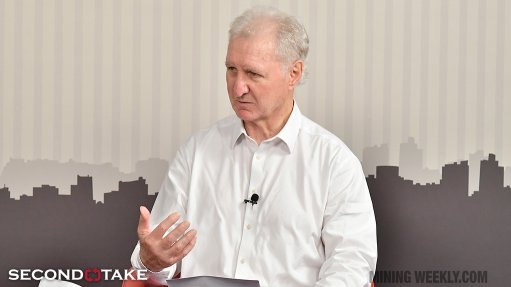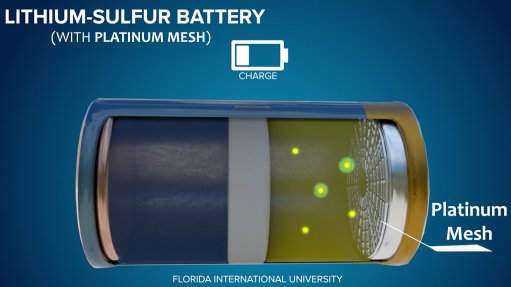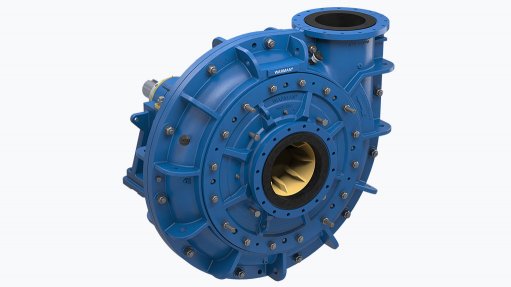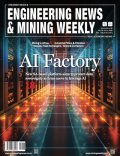Buildings and microgrids – best of friends for a greener future
This article has been supplied.
By Anoop Hariparsad, Offer Marketing Manager, MGRID, MEA at Schneider Electric
Buildings are no longer passive consumers of power; edifices of almost every size are evolving into dynamic energy ecosystems capable of generating, storing, and distributing their own electricity.
Forming part of this exciting transformation are microgrids; and whilst these systems usually conjure images of industrial facilities and remote mining, it enables buildings to manage energy with great efficiency.
Indeed, as energy systems decentralise and digital technologies advance, microgrids are fast becoming an essential feature for commercial buildings, campuses, hospitals, and even residential estates.
“Most buildings already have some form of backup power whether it’s solar panels, batteries, or generators,” explains Anoop Hariparsad, Offer Marketing Manager, MGRID, MEA at Schneider Electric.
“What a microgrid does is bring intelligence to that ecosystem. It learns how your building operates, analyses your energy use over time, and decides which source to use and when, therefore, ensuring maximum efficiency and minimal cost.”
Optimising consumption
The real power of microgrids lies in optimisation; it connects and coordinates multiple energy assets like as solar PV, battery storage, and the grid supply, therefore, ensuring that energy flows are balanced intelligently and cost-effectively.
For example, during periods of high solar generation, the system automatically prioritises renewable energy to reduce grid dependency. When energy demand peaks, such as late afternoons, it switches to stored battery power to avoid costly tariffs. And when an outage occurs, the system ensures seamless continuity by drawing on backup sources.
This level of orchestration is particularly valuable in regions where power reliability remains a challenge, helping buildings maintain operations without disruption. In data centres, hospitals, and high-value commercial environments, such resilience is not optional — it’s essential.
“Microgrids can even integrate local load shedding schedules. The systems ensure batteries are charged and ready to carry you through those windows. It’s about using what’s available to you, efficiently and intelligently,” says Hariparsad.
Efficiency first and then the investment
A key principle behind microgrid deployment is “efficiency first, then investment.” What this means, in practice, is that any new technologies or assets are added, the building’s existing energy performance is assessed and optimised. This avoids over-investment in capacity that isn’t needed and ensures every component delivers measurable value.
“Solutions like Schneider Electric’s Microgrid Flex are built around this very idea. We use tested, validated architectures (TVDA) that have been pre-engineered for different building types and energy profiles. This means the system design, component compatibility, and software integration have already been worked out, reducing engineering time, installation complexity, and cost,” he explains.
“It’s almost a plug-and-play approach as the microgrid controller comes pre-programmed with the right logic. You simply connect it to your building’s energy systems and fine-tune it for your specific use case. It’s efficient from both a technical and financial standpoint.”
The cost savings are tangible
A microgrid offers clear financial benefits; it saves on energy bills by shifting consumption away from peak pricing periods, and by using free, renewable power whenever it’s available.
Furthermore, built-in analytics can calculate the return on investment (ROI) by comparing energy savings to the system’s capital cost, giving building owners clear visibility into payback periods.
From a sustainability perspective, microgrids directly support carbon reduction goals; it dynamically prioritising low-carbon energy sources which, in turn, allows buildings to shrink their CO₂ footprint.
Looking ahead, the role of microgrids is set to expand even further. Integrated AI capabilities now allow these systems to continuously learn from a building’s operating pattern, adapting energy strategies automatically to maximise efficiency, savings, and sustainability.
“Everything is going digital and AI-driven and microgrids already have AI built in to learn how your building operates and adapt accordingly. It takes the guesswork out of energy management and ensures you’re always using the most efficient source available,” concludes Hariparsad.
Article Enquiry
Email Article
Save Article
Feedback
To advertise email advertising@creamermedia.co.za or click here
Press Office
Announcements
What's On
Subscribe to improve your user experience...
Option 1 (equivalent of R125 a month):
Receive a weekly copy of Creamer Media's Engineering News & Mining Weekly magazine
(print copy for those in South Africa and e-magazine for those outside of South Africa)
Receive daily email newsletters
Access to full search results
Access archive of magazine back copies
Access to Projects in Progress
Access to ONE Research Report of your choice in PDF format
Option 2 (equivalent of R375 a month):
All benefits from Option 1
PLUS
Access to Creamer Media's Research Channel Africa for ALL Research Reports, in PDF format, on various industrial and mining sectors
including Electricity; Water; Energy Transition; Hydrogen; Roads, Rail and Ports; Coal; Gold; Platinum; Battery Metals; etc.
Already a subscriber?
Forgotten your password?
Receive weekly copy of Creamer Media's Engineering News & Mining Weekly magazine (print copy for those in South Africa and e-magazine for those outside of South Africa)
➕
Recieve daily email newsletters
➕
Access to full search results
➕
Access archive of magazine back copies
➕
Access to Projects in Progress
➕
Access to ONE Research Report of your choice in PDF format
RESEARCH CHANNEL AFRICA
R4500 (equivalent of R375 a month)
SUBSCRIBEAll benefits from Option 1
➕
Access to Creamer Media's Research Channel Africa for ALL Research Reports on various industrial and mining sectors, in PDF format, including on:
Electricity
➕
Water
➕
Energy Transition
➕
Hydrogen
➕
Roads, Rail and Ports
➕
Coal
➕
Gold
➕
Platinum
➕
Battery Metals
➕
etc.
Receive all benefits from Option 1 or Option 2 delivered to numerous people at your company
➕
Multiple User names and Passwords for simultaneous log-ins
➕
Intranet integration access to all in your organisation








